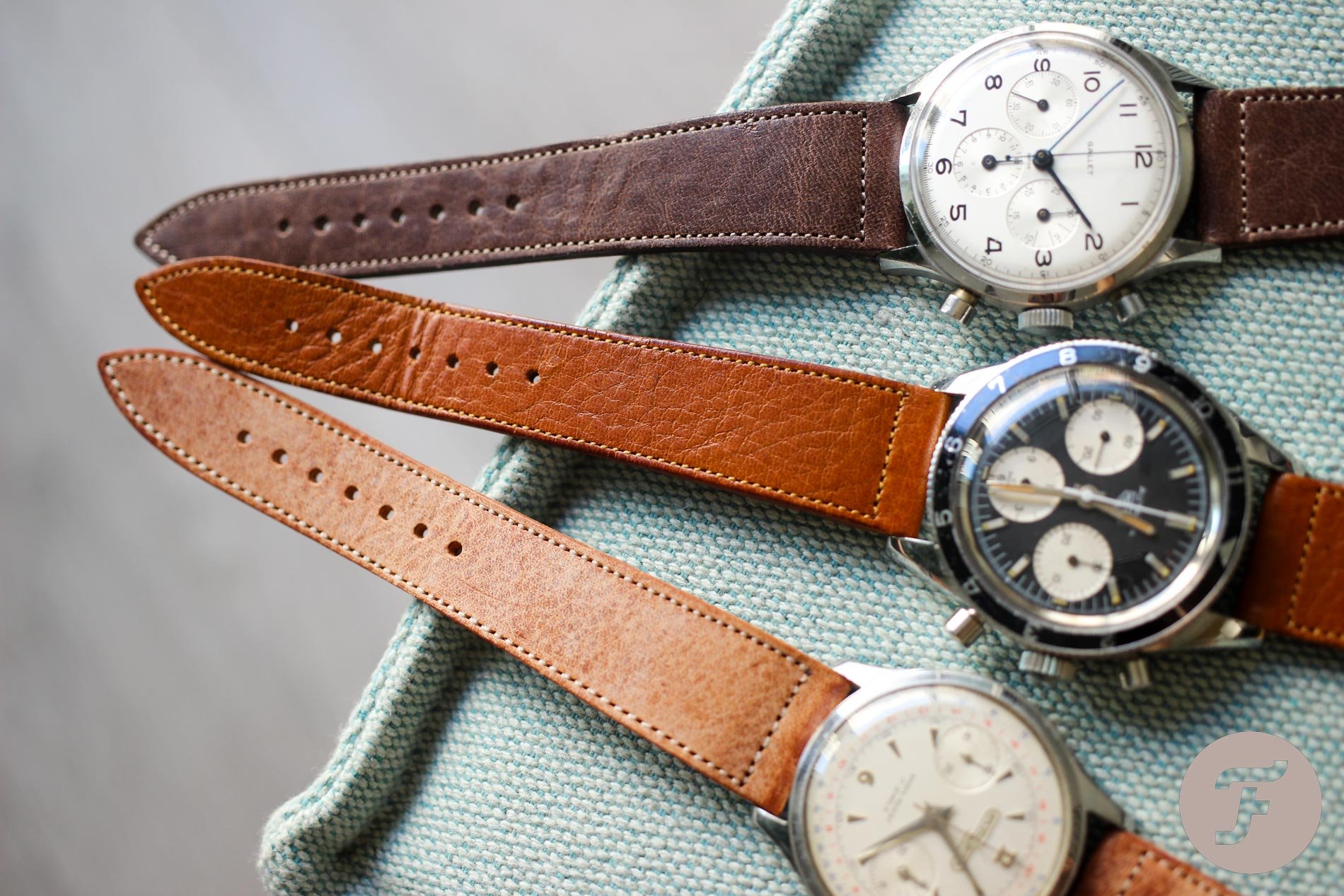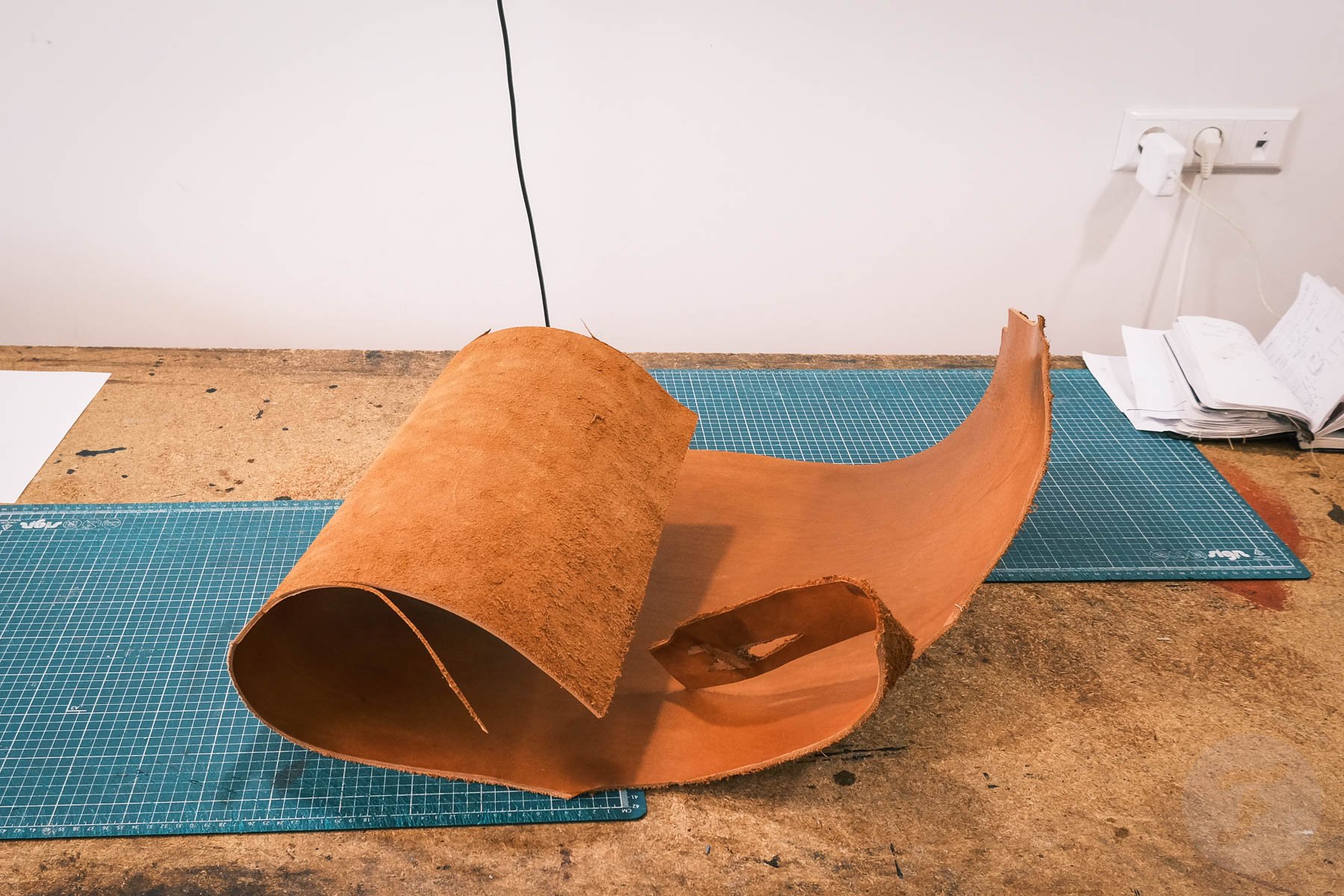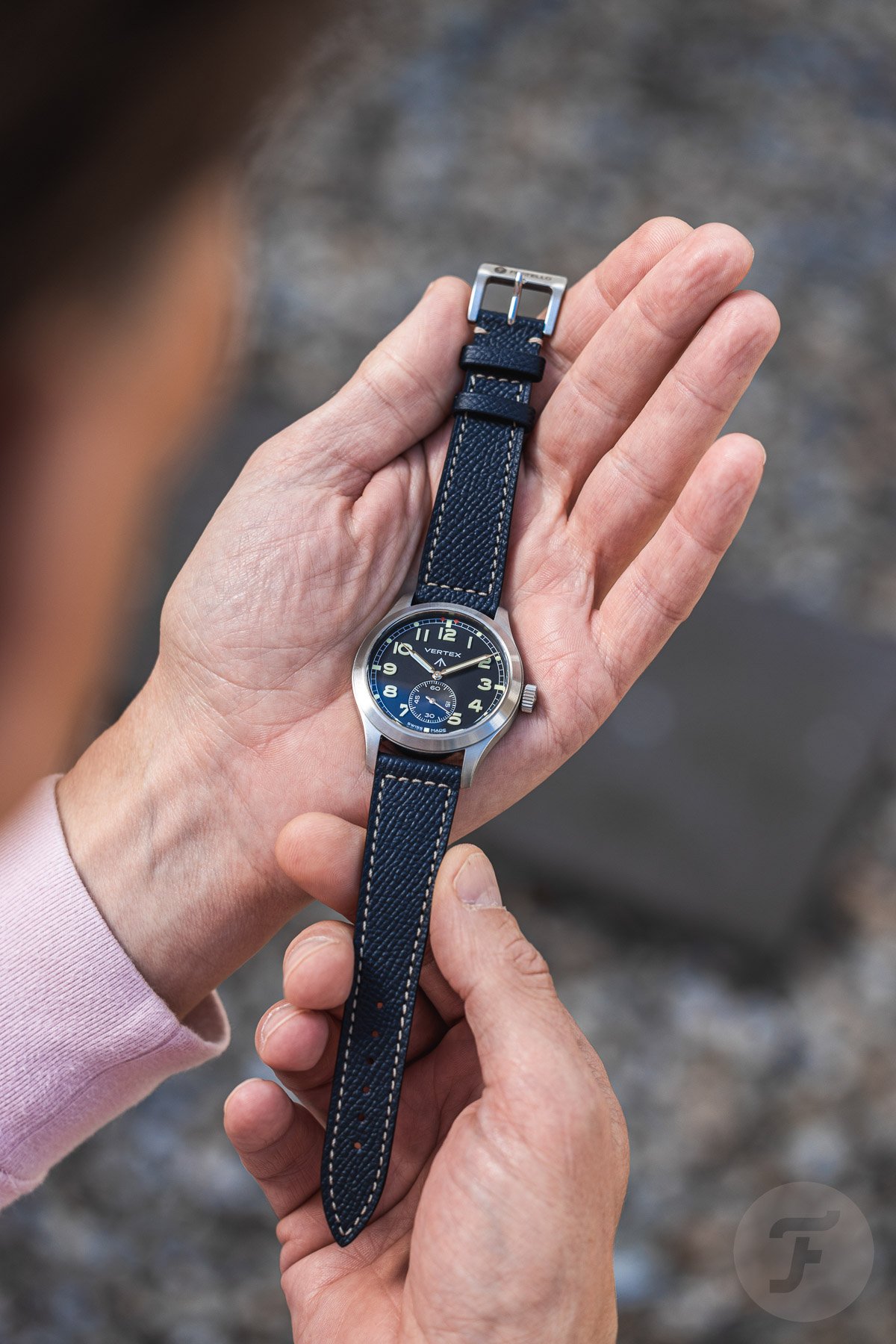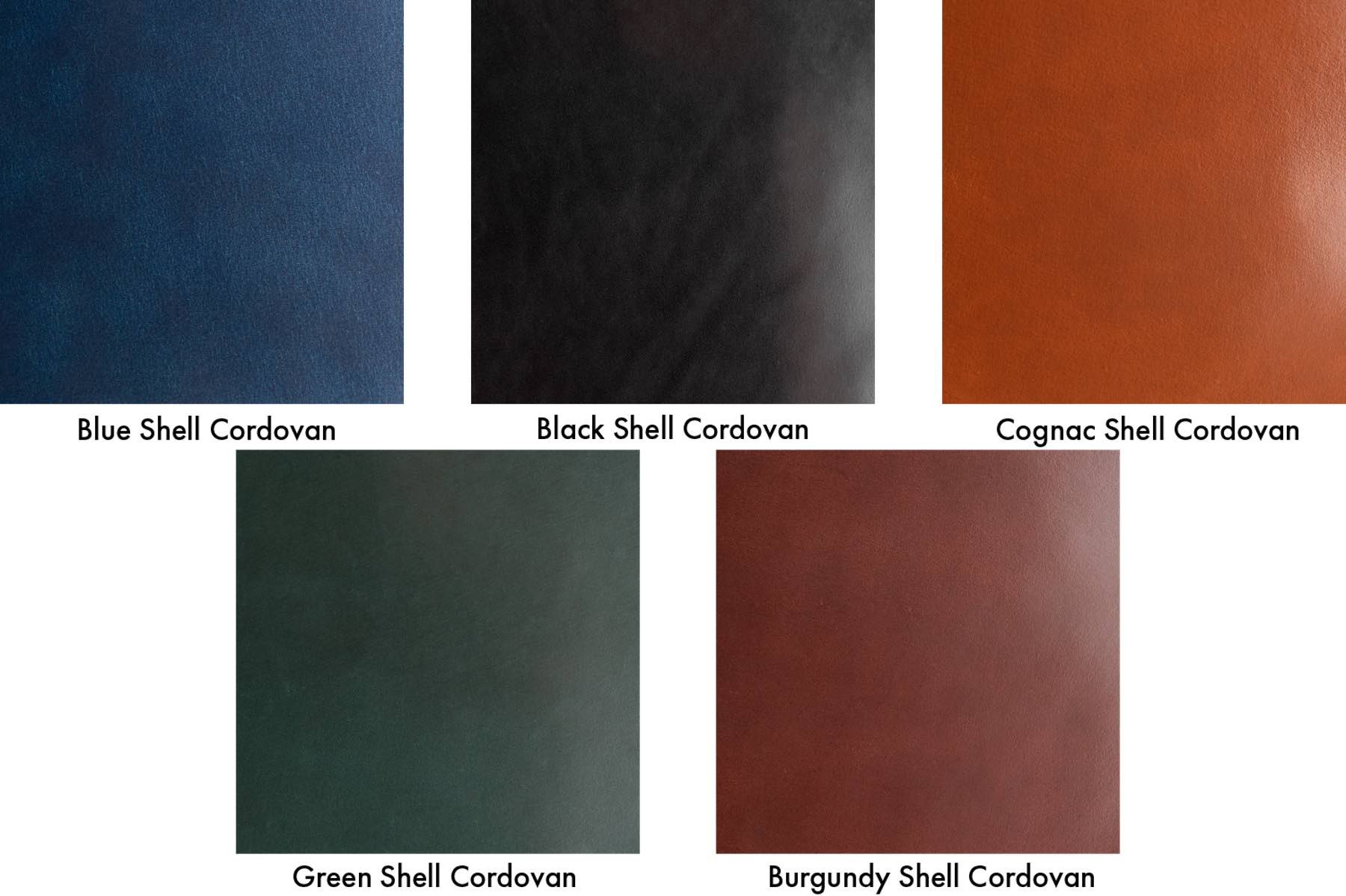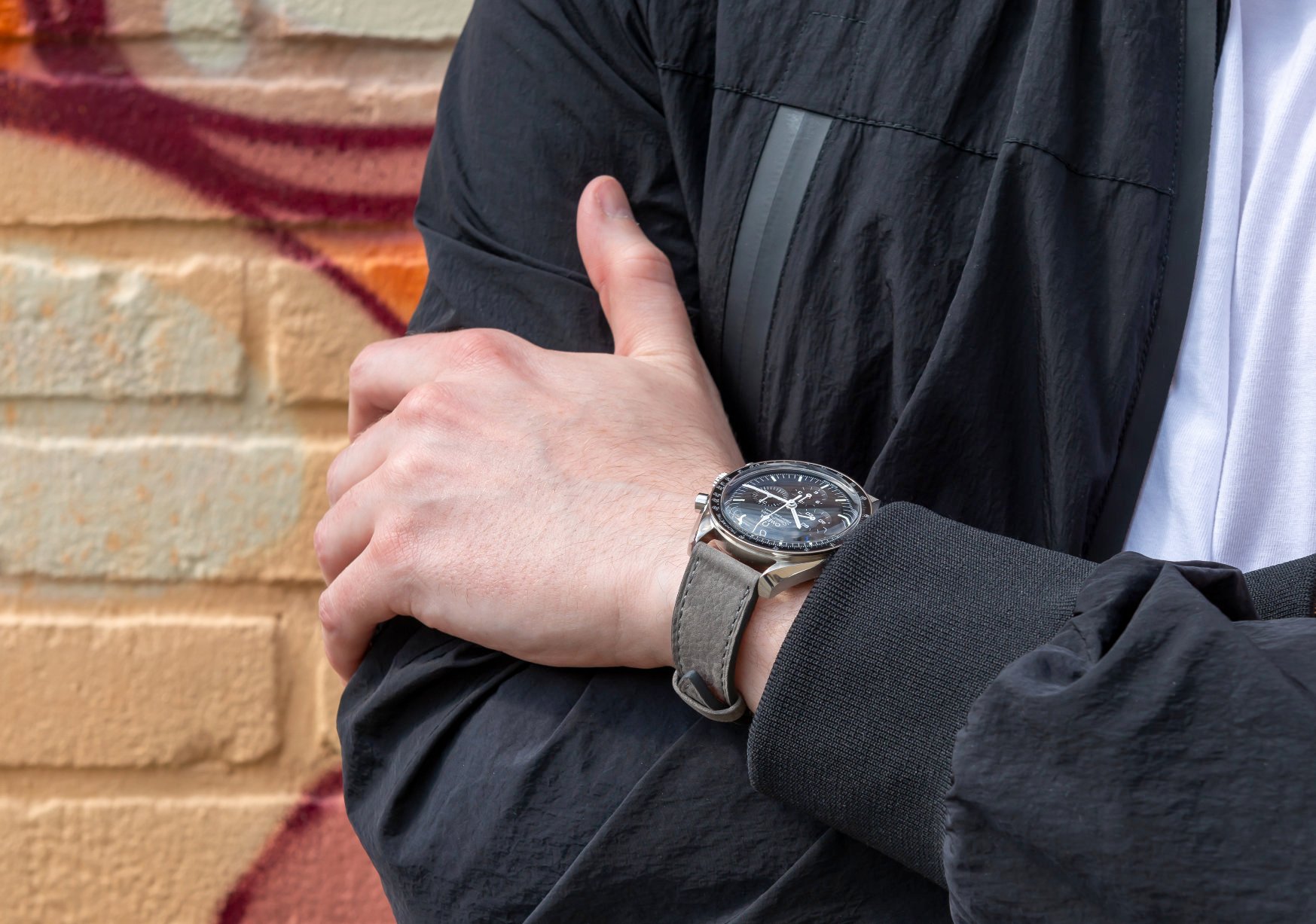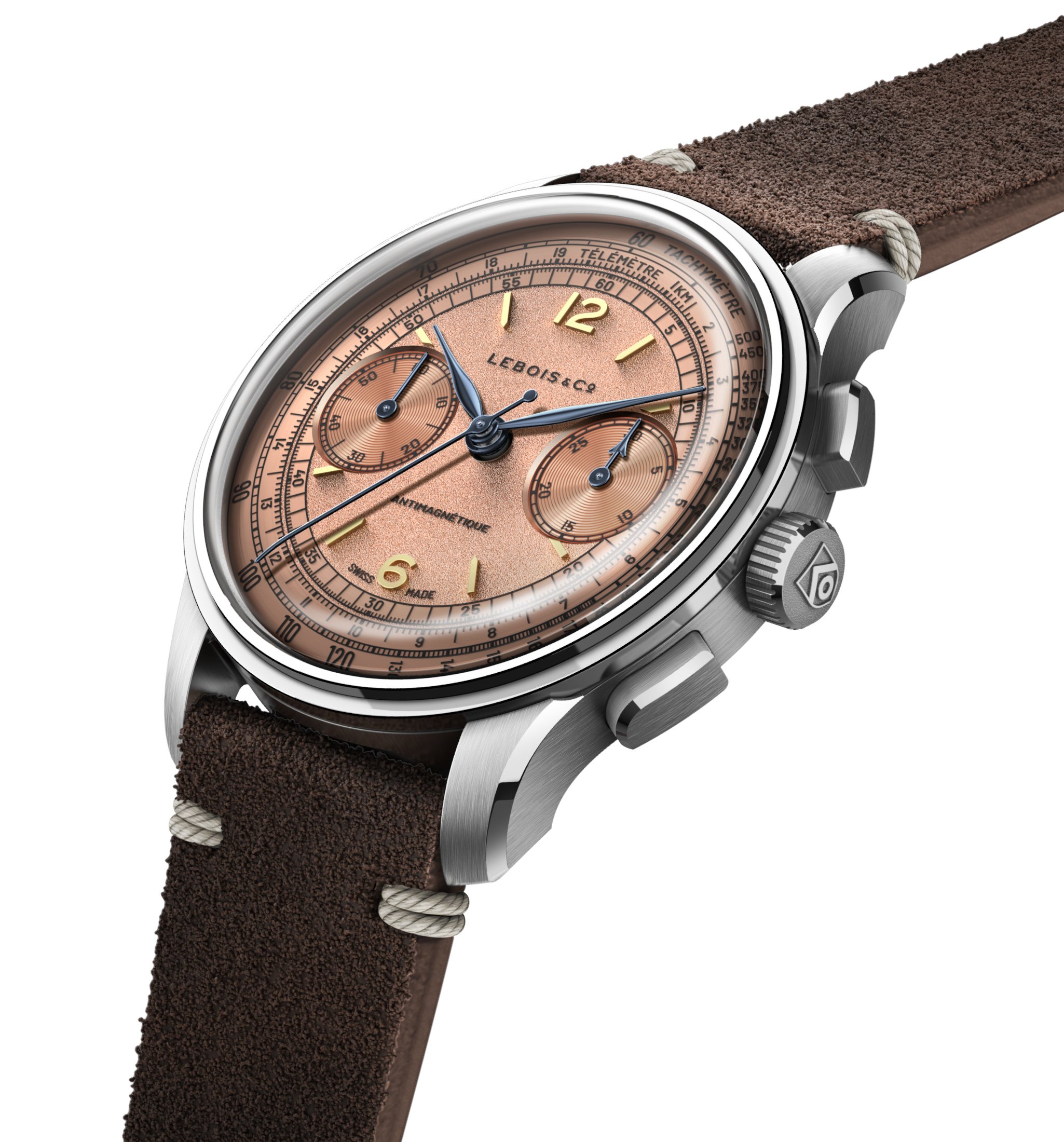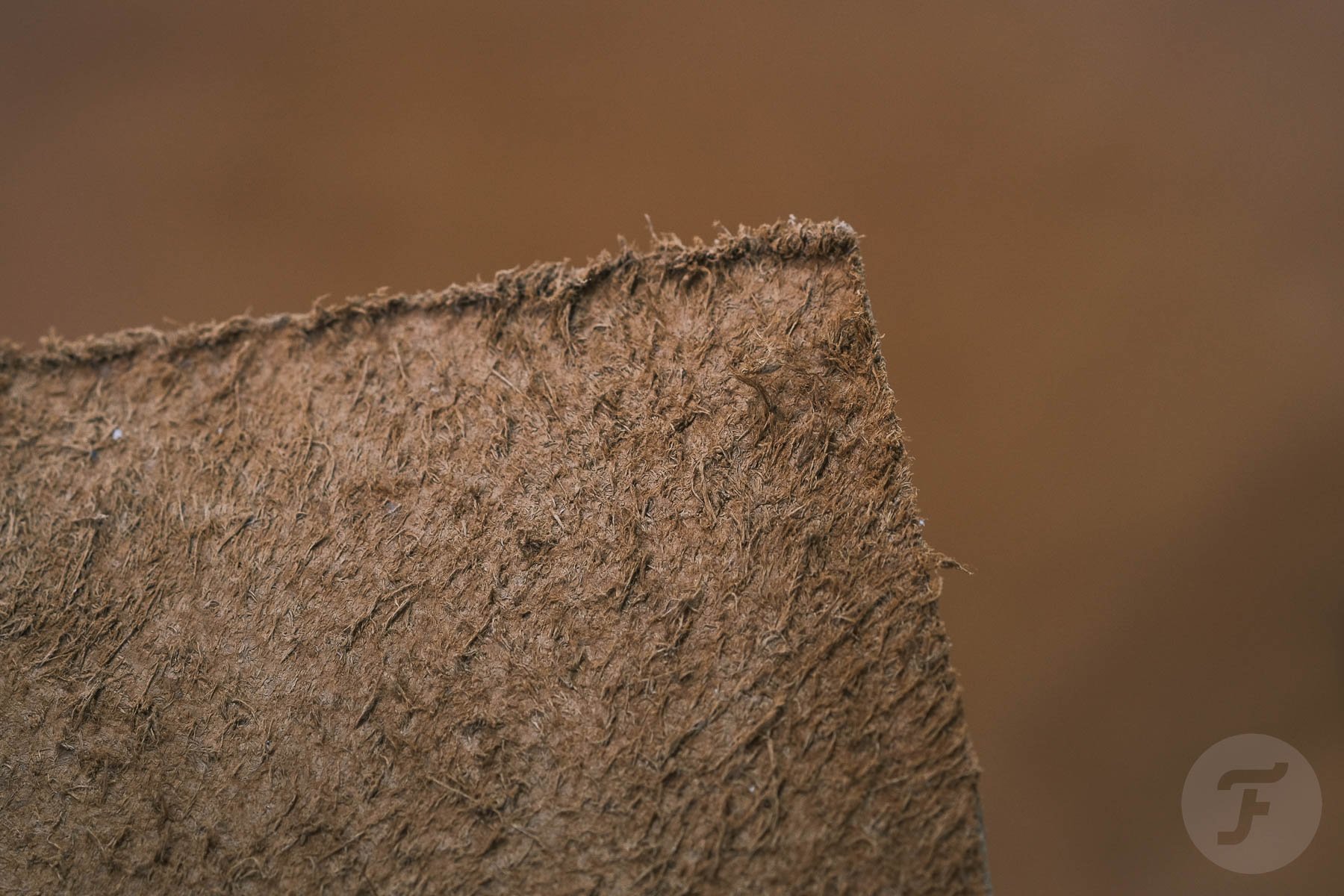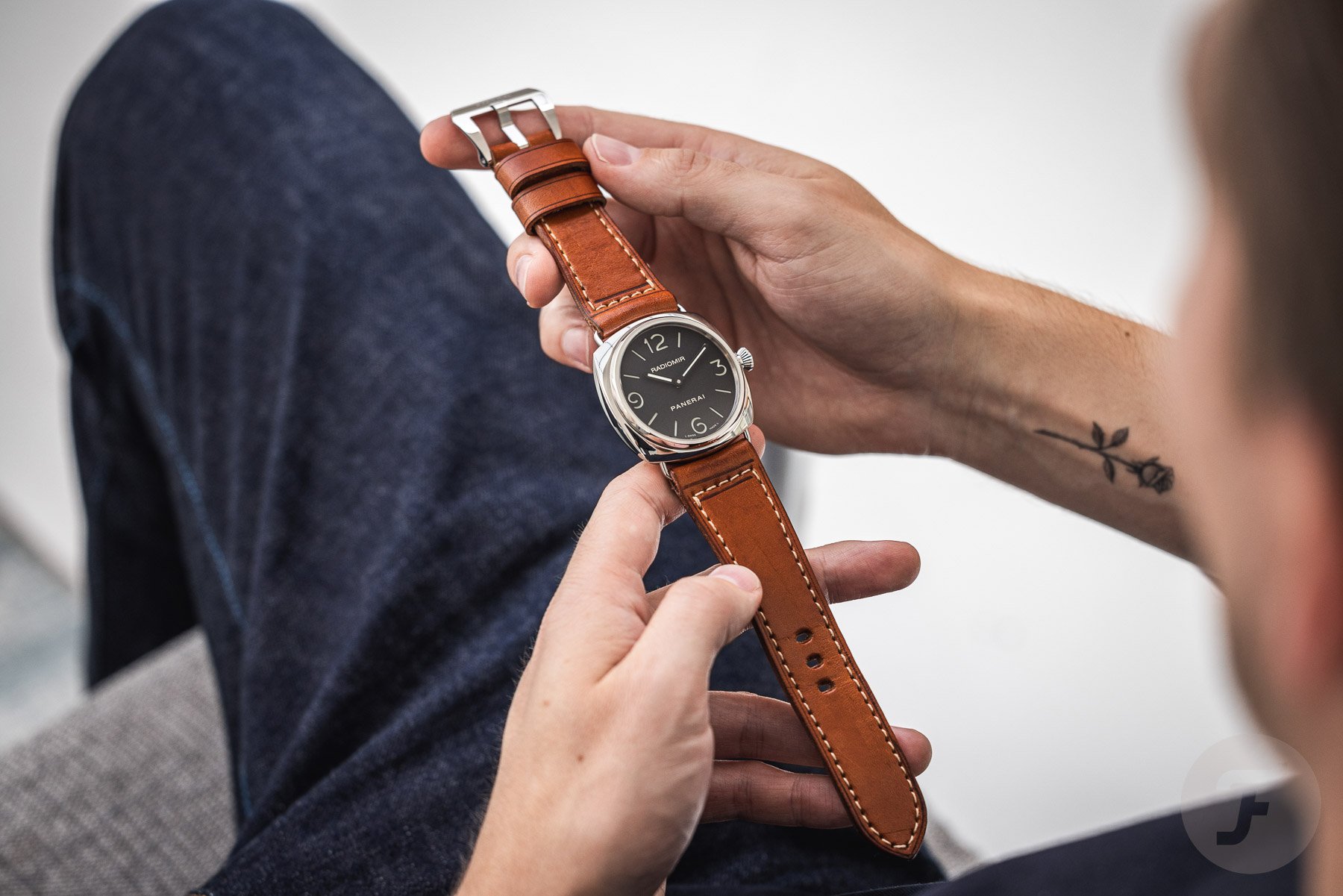Leather 101 — The Things You Need To Know About Watch Strap Leather
Ah, the trusty leather watch strap. If you are like me, you have rolls full of straps for your beloved watches. The strap can make or break a watch, so you may find yourself going down the strap rabbit hole at some point. Not all watch straps are created equal, though, so it pays to have some basic knowledge about leather. And that is precisely what I aim to provide you with today, so buckle up!
We will have a look at tanning and some of the more common leather types. I will not go into exotic leathers; that is a subject for another day. So, without further ado, let’s get stuck in.
Long before a rawhide becomes a watch strap: tanning
Leather isn’t just dried animal hide. Before you can use it, you have to treat it to prevent decay and get the required toughness. I will not go into the chemistry or mechanics too much, but it is worth touching upon chrome tanning versus vegetable tanning.
Let’s start with chrome tanning. As the animal’s hide is removed at the slaughterhouse, its flesh and hair get removed first. An initial tanning process turns the hide blueish before it is sent off to the chrome tannery. Chromium sulfate is then used to further preserve the skin. The process can be quite polluting. Modern tanneries in the US and Europe, however, are held to strict regulations, keeping environmental damage in check. The resulting leather is very soft, quite water resistant, and rather low maintenance.
Vegetable tanning is done with natural tannins — for instance, from tree bark. This is kinder to the environment and results in quite a different leather. It is stiffer and develops a patina as it ages. If you make a watch strap out of chrome-tanned leather, the supple, stretchy material requires some sort of supporting material. Vegetable-tanned leather does not.
Full-grain, top-grain, and imitation-grain leather
You may have heard of full-grain and top-grain leathers. Full-grain leather comes from the outermost layer of hide and includes all the natural grain. Top-grain leather has the outermost layer sanded off. This results in a more even surface and an easier-to-process leather. It is also more affordable than full-grain leather as you can use damaged hide.
However, the outermost layer is the toughest. So for pure durability and the most beautiful patina, you need full-grain leather. It will, however, show blemishes, unevenness, and potentially even scars.
Lastly, we have imitation-grain leather. This is when top-grain leather is embossed with an imitation texture. The grain can look quite similar to full-grain leather, or it can be a stylized variant.
Saffiano and Epsom watch strap leathers
You have surely come across textured watch strap leathers like Saffiano and Epsom. Saffiano can be made from full-grain or top-grain leather. In fact, it can be made of almost any leather, resulting in the big price differences you will find. The key identifying characteristic is a crosshatch pattern that is stamped into the leather. Saffiano is coated with a wax resin, creating an extremely hard-wearing and water-resistant surface. Colors can be added to the resin, resulting in very evenly colored leather.
Epsom looks similar, but it is quite different. Epsom is made of chrome-tanned leather from male calves. This leather has a very fine structure, making it rather durable. Again, a pattern is embossed to create the signature pebbled surface. Unlike vegetable-tanned leather, chrome-tanned leather cannot be burnished, so Epsom leather is painted. The entire process makes the leather structurally tough, resulting in a stiffer strap that requires some breaking in.
Cordovan watch strap leather
On to a different beast altogether — the noble horse. You may have come across particularly expensive watch straps made of Cordovan leather. Cordovan is named after the Spanish city of Cordoba, where it was first produced in the seventh century. The most famous Cordovan tannery today is probably Horween, which was founded in Illinois in 1905.
Cordovan is unique because it isn’t actually made of hide at all. It is a tanned layer of connective tissue, also known as a shell, that lies under the hide of the horse’s rump (or hindquarters). The material is famous for its toughness and smoothness as well as the fact that it doesn’t crease.
Cordovan leather watch straps are noticeably smooth, often even shiny. When colored, the resulting strap often looks very neat and even. It isn’t pebbled or nearly as porous as more typical leathers.
Nubuck and suede watch strap leather
Nubuck and suede watch strap leathers are extremely popular. And that’s for good reason. They have a beautiful, dynamic texture to them, and they’re soft to the touch. Although the terms “nubuck” and “suede” are often confused, they certainly don’t refer to the same material.
I explained full-grain leather earlier. Its top side is very dense and has a closed texture. The underside, however, has very open fibers. When full-grain leather gets split, the deeper layers can be used upside-down as suede. Because of the low density of the fibers, suede is less durable — unless, that is, the full-grain leather isn’t split and just reversed in its entirety. In higher-end boots, this is often referred to as “rough-out.”
Nubuck, on the other hand, is the outermost side of full-grain leather. Its surface, however, is sanded to open up the fibers. It was traditionally made of deer or elk, but it is now most often made from calfskin. As the fibers are much denser, nubuck is a lot finer than suede.
Closing thoughts on watch strap leather
As you can see, there are a ton of variables in watch strap leather, and I have just barely scratched the surface. It is an absolutely fascinating topic to explore, though, and some basic knowledge can help come to the right decisions. If you want a beautiful patina, for instance, a Saffiano strap is not for you. If, on the other hand, you want something unlikely to show stains, Saffiano is a great choice.
Some extremely cheaply made straps use cardboard lining to add the required stiffness to thin, chrome-tanned leather. As you will understand, that won’t age very nicely. At the opposite end of the spectrum, you find the custom Panerai strap I bought recently. Its thick layers of vegetable-tanned cowhide should last a lifetime. I am really looking forward to seeing how that will develop and age over time.
If the above got you lusting after a new strap, we have quite a nice selection in our webshop.
What is your favorite watch strap leather? Let us know in the comments below!

